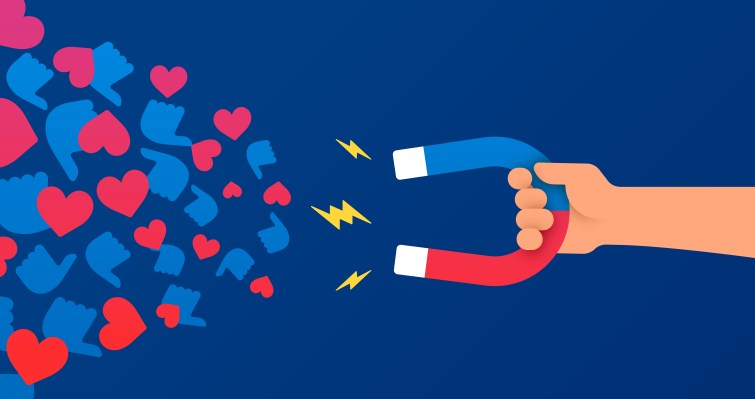If I told you a decade ago that a spin bike would be a social community, you’d have had a good laugh. But that’s precisely what Peloton is: A spin bike with a social community where the instructors are the influencers.
Peloton is just one example of how social is being integrated into every aspect of the customer experience in an increasingly digital world. Whether it’s considering a new restaurant to check out, a movie to see or a product to buy, most people look at reviews before making a final decision. They want social proof as an indicator of quality and relevance.
Influencers are a natural byproduct of this desire for social validation, and as social permeates the customer journey, creators have become an essential source of validation and trust.
Influencers are a natural byproduct of this desire for social validation, and as social permeates the customer journey, creators have become an essential source of validation and trust. Indeed, social validation is what social platforms are built on, so it’s a significant component of how we derive relevance online — and the deeper integration of social is changing the dynamic between brands and digital creators.
The shifting economy of creator monetization
Brand sponsorships are the holy grail for creators hoping to monetize their online influence. According to an eMarketer report, brand partnerships are still the No. 1 source of revenue for most digital creators.
However, digital creators have a lot more monetization options to choose from, thanks to Patreon, affiliate platforms, paid content platforms and platform revenue sharing, making it easier to earn a living without relying so heavily on brand sponsorships.
Have you worked with a talented individual or agency who helped you find and keep more users?
Respond to our survey and help us find the best startup growth marketers!
As a result, creators are diversifying their revenue streams, which, for some creators, allows them to be more selective about the brands they work with. What’s more, creators aren’t reliant on just one channel or one form of revenue.
YouTube creators probably have the most diversified revenue, often combining brand sponsorships, subscription models, affiliate deals, tipping/donations, their line of branded products and revenue share. However, it’s important to note that not all monetization options apply to every creator. But with so many options to choose from, making a living as a digital creator is more accessible than ever.
Here are a few of the ways online creators can monetize their content:
Ad revenue sharing: Advertising is the most traditional form of revenue for online creators. With this model, ads are injected into and around the creator’s content, and they make a certain percentage of revenue based on impressions. However, the revenue split can vary based on the platform, and some platforms have a specific threshold creators must hit before they can participate in ad revenue sharing.
Affiliate marketing: Similar to advertising or a brand sponsorship, affiliate marketing is an agreement for a share of revenue based on products sold. This kind of arrangement generally works best when the creator has a blog, website or YouTube account. Affiliate links allow the influencer to proactively choose the products they want to talk about and earn from, rather than having to wait for a brand deal to come their way.
